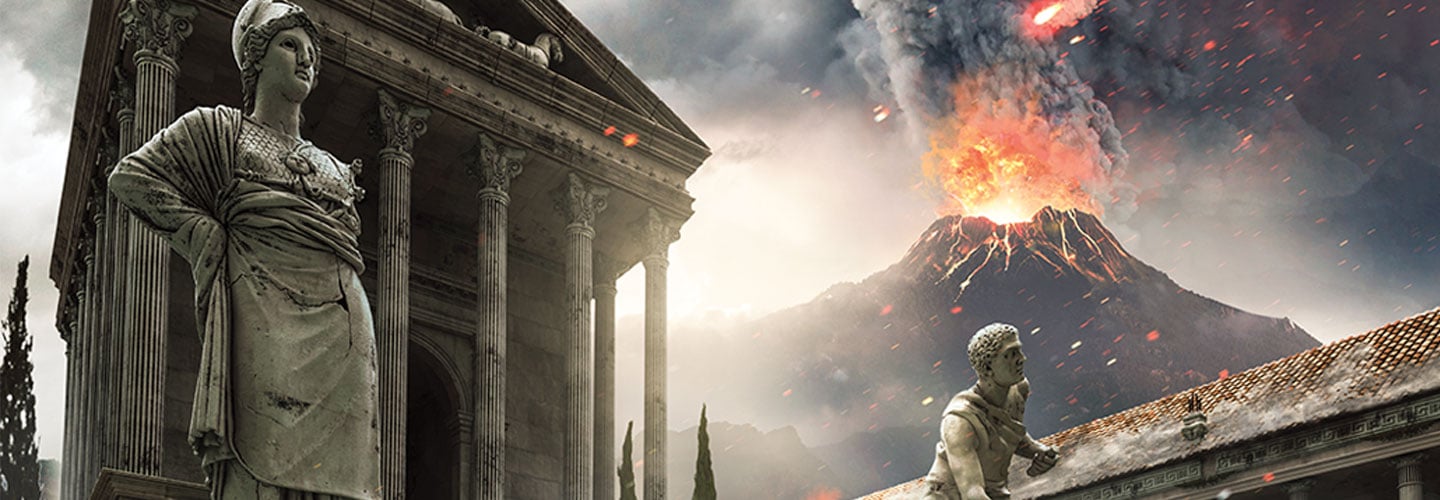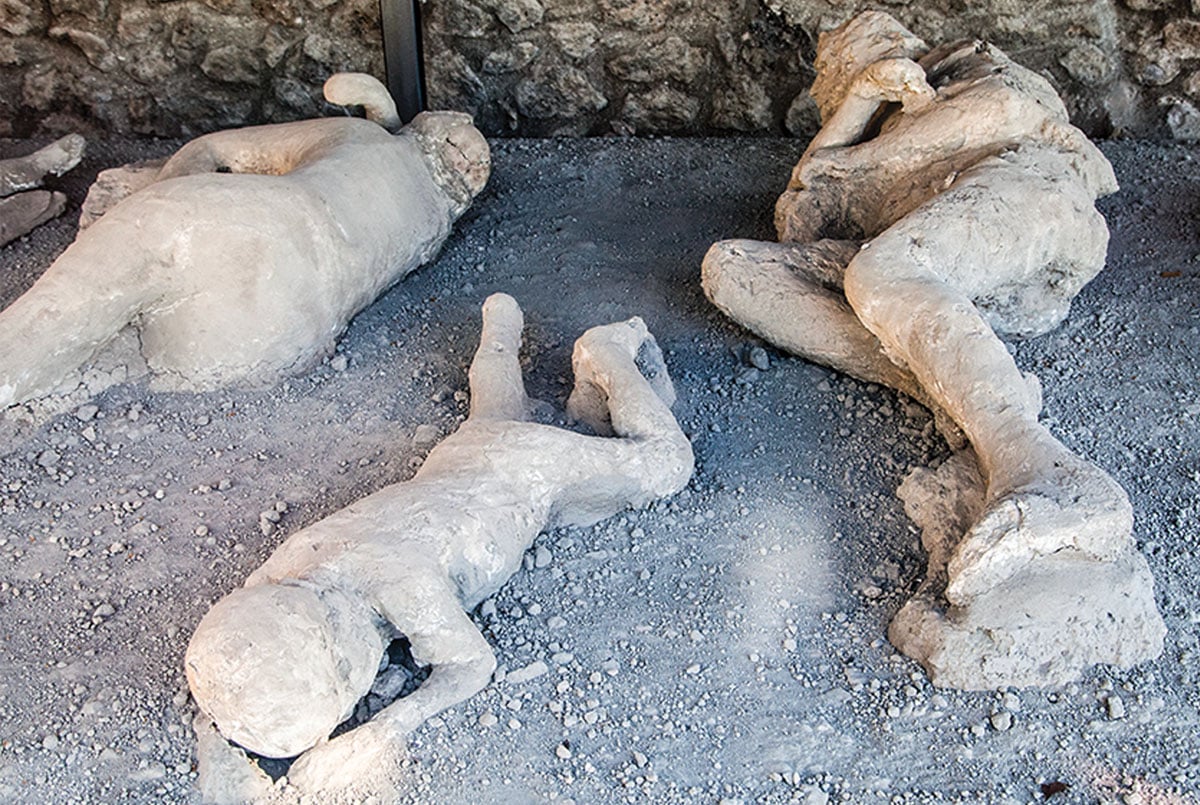It was more terrifying than any disaster movie—and absolutely real. In 79 A.D., the volcano Mount Vesuvius on Italy’s western coast unexpectedly erupted. In a matter of hours, the nearby Roman city of Pompeii and its neighbor Herculaneum were buried under tons of ash and volcanic rock. An estimated 2,000 people were killed.
For 17 centuries, Pompeii stayed buried. Since
Pompeii may soon attract even more visitors. An ambitious $145 million effort sponsored by the European Union and the Italian government is unlocking more secrets of the city. The Great Pompeii Project, as the effort is known, is discovering fascinating new details about how Pompeians lived—and how they died.
At the same time, the project’s experts are working hard to save the ancient site, which has been threatened by centuries of both natural and human damage.
The ultimate goal, project director Massimo Osanna told National Geographic, is to reconstruct ancient Roman life “as though we have taken close-up photographs of a society 2,000 years ago.”











